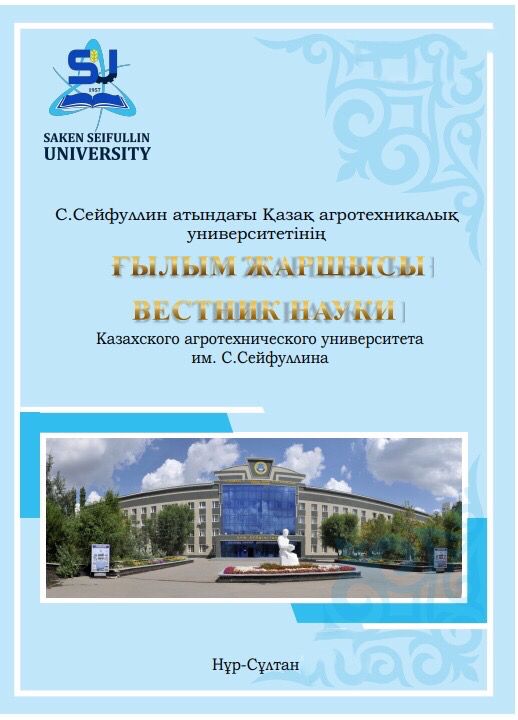SOLID-PHASE REDUCTION OF METALS FROM RICH OXIDES OF CHROMIUM ORES
Keywords:
chrome ore, ferrochrome, solid-phase reduction, crystal lattice of oxides, anion vacancy.Abstract
The process of carbothermic solid-phase reduction of solid chrome ore in the crystal chrome spinelide lattice was experimentally investigated. It is established that the recovery is developed by an electrochemical mechanism. The release of metals occurs both on the surface and in the volume of ore grains. The transfer of electrons to the cations from the reductant is carried out by anion vacancies formed during the interaction of the reductant with the oxide. The primary product of reduction is a metallic alloy of iron and chromium, which are reduction at the same time, but at a different and variable rate, depending on their concentration in the
local oxide volume. The formation of carbides on the surface of the ore grain as a result of the interaction of reduction metals with carbon causes the outflow of metal atoms from the grain volume to its surface, the appearance of cationic vacancies in the oxide, the dissolution of the metal phase and the reduction of the reduction process. With the destruction of carbides by silicon with the formation of silicocarbides, the process of extracting oxygen anions from the oxide lattice is restored, which generally contributes to the resumption of the reduction process

